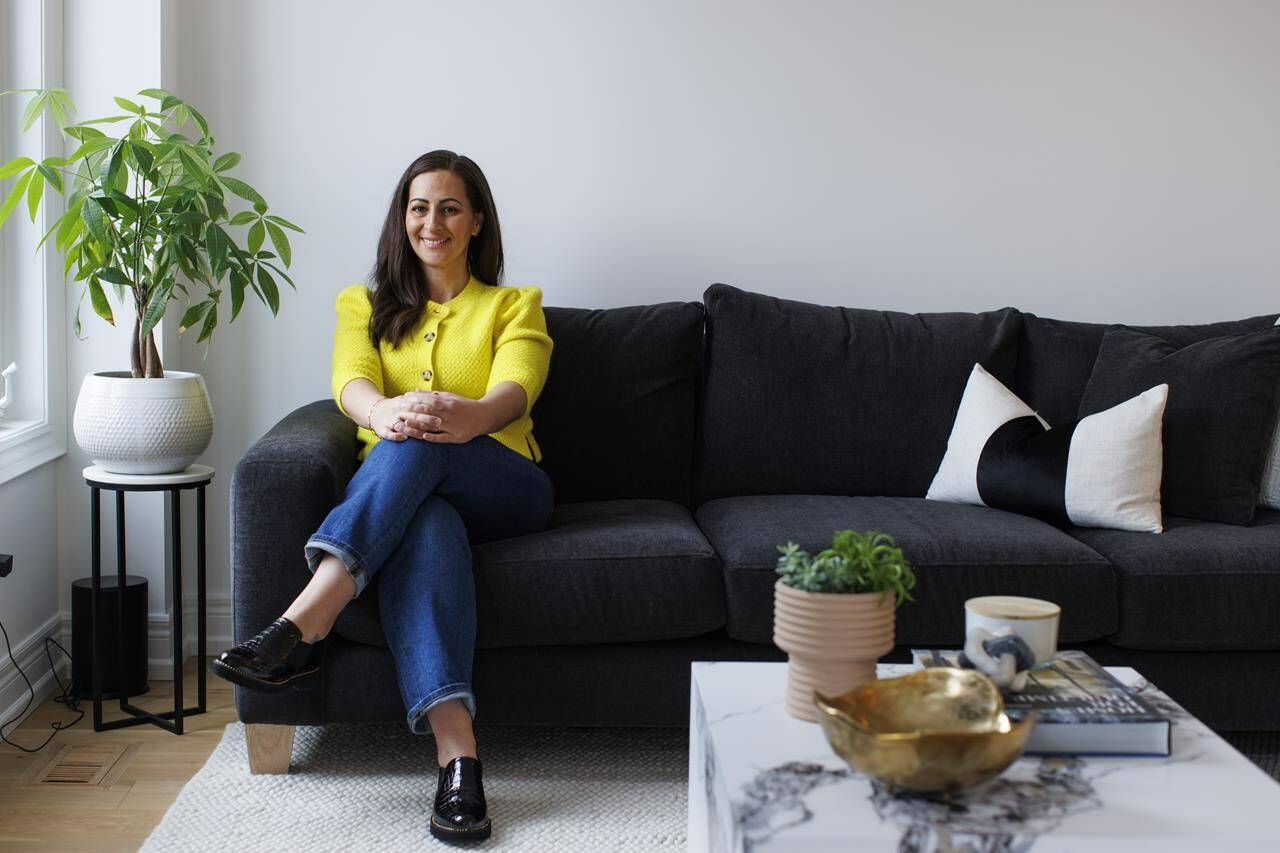One walk through a home tells Rachael Stafford what adjustments are needed to pique the interest of potential buyers.
For Stafford, the founder and creative director of organizing and staging company Order in the House, changes can range from decluttering rooms to services like painting and repairs, or even bringing in furniture rentals.
It’s a service valued by homeowners, she said, especially in a hot market where sellers look to gain any advantage that can help drive up the price of their property.
But as home sales throughout much of Canada have turned sluggish, home staging services have taken a hit as sellers rethink the cost of a thorough revamp, Stafford said.
“We’re still supplementing with some (furniture) rentals where rooms really need it,” she said. “But I find that sellers are more so trying to scale back a little bit on the rentals, concerned about the initial investment and the ongoing monthly fees should the property not sell quickly.”
Stafford, who is based in the Toronto area, said companies like hers have had to adapt in this high interest rate environment after a years-long housing boom. When interest rates were low coming out of the pandemic, “realtors and homeowners were willing to put in that extra money and go that extra mile because they knew they were getting the [return on investment] on it,” she said.
But now, many clients are either relying more on Order in the House’s decluttering and home organizing service or simply tidying up themselves based on advice received from the initial consultation.
“We have a warehouse where we store our staging accessories. It’s obviously very tough to be incurring those monthly storage fees when staging is not busy,” Stafford said.
“I think people forget staging appears to be a very glamorous industry, but there are a lot of moving parts behind the scenes. Thankfully, our organizing services help compensate for the slower trends in the staging market.”
According to a study by the Real Estate Staging Association, 45 per cent of staged homes in both Canada and the U.S. sold for more than the seller’s listing price from January to September of last year. That was down from 63 per cent in both 2021 and 2022.
The Canadian Real Estate Association reported earlier this month that the number of newly listed homes fell 5.1 per cent on a month-over-month basis in December. It noted that Canadian housing markets have remained quiet since the Bank of Canada’s interest rate hikes last summer.
Cailey Heaps, president of the Heaps Estrin Real Estate Team in Toronto, said that with the region’s home sales at a 20-year low, staging companies are “far more available than they used to be.”
She said the biggest shift in client behaviour that she’s noticed has been sellers choosing not to maintain the staging in their homes for the duration of the listing.
“They might stage for the first month and then if it doesn’t sell, they remove the staging … and go back to living with the way they had the house, but rely on the photos from when it was staged,” Heaps said.
She added that if she suspects a listing is going to take longer to sell based on factors such as geography and price point, she will recommend clients invest in a more “conservative” amount of staging that can go the distance.
“So suggesting, ‘OK, let’s stage the main floor, the primary bedroom, but we can leave the kids’ bedrooms in thebasement,‘“Heaps said.
Home stagers have had to be more creative to account for the longer listing periods and added flexibility sellers need in the current market, said Katie Walker, principal designer at Katie Walker Interiors. She said the slower market hasn’t affected the volume of business for her Greater Toronto staging company, “but it has changed the way that things are done.”
In addition to traditional staging, where physical furniture is rented to place in the home, her company offers the option of virtual staging, which saves both money and heavy lifting.
Designers are able to blend 3D models of furniture into photos of the seller’s home and digitally remove some of the existing furniture. Walker said the option isbecoming more popular, especially as part of a hybrid staging process that still includes physical remodelling of high-priority rooms.
“What we’re seeing is obviously longer days on market, so it’s affecting the way the homeowner will treat the transaction. Instead of saying they’ll get a hotel for a week and incur that cost, they’ll be living in the property,” said Walker.
“In the old days, back in COVID, I would have said, ‘Remove that desk so we can make this space look larger.’ Now I’m hearing more of, ‘Well, I have to live here for the 45 days that this is going to be on market so let’s make that work.’”
With forecasts of a potential rebound in the housing market this year as the Bank of Canada looks to begin cutting its key interest rate, Stafford said she’s hopeful the staging industry will see a similar bump. She said even minor touch-ups by a professional can go a long way.
“You really want your home to show at its best, particularly in the photos for the MLS listings,” she said.
“Buyers … are browsing photos (and)listings online before they’re even willing to reach out to the sellers’ realtor to book a showing. So if that house doesn’t show at its best, sellers are really missing an opportunity.”
Sammy Hudes, The Canadian Press

